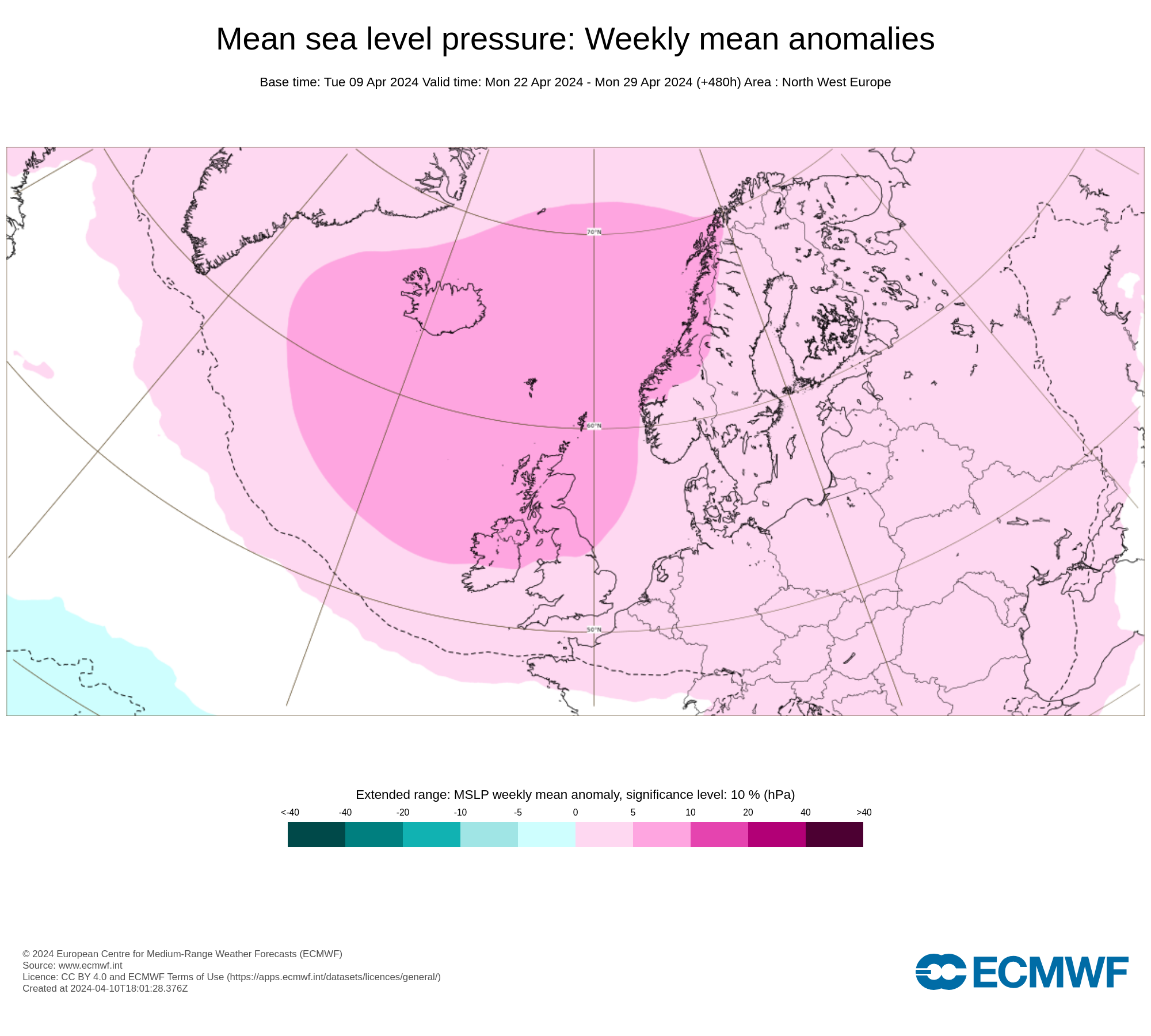The Quadrantid meteor shower 2020 peaks tonight and Saturday morning
The Quadrantid meteor shower is 2020’s first major meteor shower. We’ll have moon-free skies during the predawn hours on January 4 for this year’s peak, expected late night January 3 until dawn January 4. Although the Quadrantids have been known to produce some 50-100 meteors in a dark sky, their peak is extremely narrow, time-wise. Peaks of the Perseid or Geminid meteor showers persist for a day or more, allowing all time zones around the world to enjoy a good display of Perseids or Geminids. But the Quadrantids’ peak lasts only a few hours. So you have to be on the right part of Earth – preferably with the radiant high in your sky – in order to experience the peak of the Quadrantids. What’s more, the shower favors the Northern Hemisphere because its radiant point is so far north on the sky’s dome.
continues below
So you need some luck to see the Quadrantids, and being in the Northern Hemisphere does help. Who will see the 2020 shower? Keep in mind the prediction of the Quadrantid peak represents an educated guess, not an ironclad guarantee.
That said, in 2020 the International Meteor Organization gives the peak as January 4 at 08:00 UTC. If that prediction of the peak holds true, North America has a good shot at viewing the shower at its best during the predawn hours on January 4.
Just know that meteor showers are notorious for defying the best-laid forecasts. Thus for the Quadrantids – as for any meteor shower – your best plan is simply to look for yourself.
continues below
Any place at mid-northern and far-northern latitudes might be in a decent position to watch the Quadrantids in 2020, especially as there is no moonlight in the predawn hours to ruin this year’s show.
All other things being equal, for any meteor shower, you are likely to see the most meteors when the radiant is high in the sky.
In the case of the Quadrantid shower, the radiant point is seen highest in the sky in the dark hours before dawn.
Where is the Quadrantids’ radiant point?
The radiant point of the Quadrantid shower makes an approximate right angle with the Big Dipper and the bright star Arcturus. If you trace the paths of the Quadrantid meteors backward, they appear to radiate from this point on the starry sky.
Now for our usual caveat. You don’t need to find the meteor shower radiant to see the Quadrantid meteors.
You just have to be at mid-northern or far-northern latitudes, up in the wee hours of the morning, and hope the peak comes at just the right time to your part of the world.
The meteors will radiate from the northern sky, but appear in all parts of the sky.
Click on the tabs below to view the new forecasts available under the forecast section.
2019 CALENDAR NOW ON SALE






























